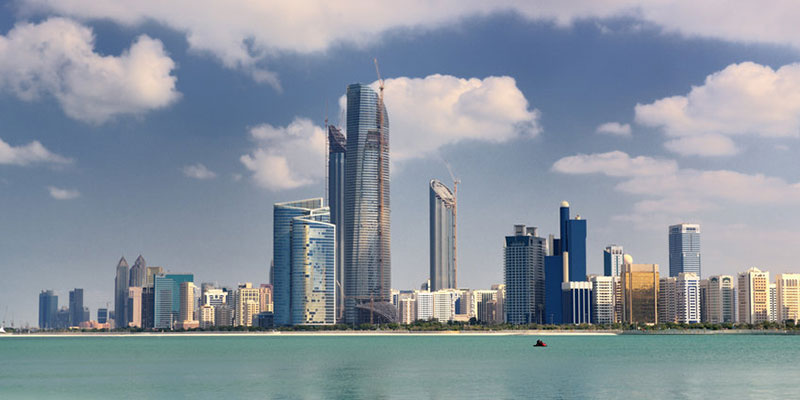While much of the Middle East has long relied on thermal desalination, the Emirate of Abu Dhabi has been eying heavy investment in reverse osmosis over the next 15 years.
Technological advances are making membrane processes more efficient than ever
Currently, reverse osmosis (RO) desalination accounts for 60% of Oman’s capacity, and the majority of Saudi Arabia’s planned capacity will rely on reverse osmosis. While reverse osmosis has become the preferred desalination process worldwide, the Middle East has remained a stronghold of large-scale thermal desalination. Thermal processes powered by fossil fuels account for two-thirds of the desalinated seawater produced there, and 90% of the energy the world uses on thermal desalination is used in the region.
While the low cost of fossil fuels and an abundance of co-generation facilities largely account for the prevalence of the technology, membrane technologies and smaller-scale, decentralized plants are gaining ground in the region.
Move to Membrane-Based Desalination
The International Energy Agency has estimated that between 2019 and 2040, there will be a nearly fourteenfold increase in desalinated seawater production in the Middle East, with a notable pivot toward membrane-based desalination.
For example, a project of IBM Research and the King Abdulaziz City for Science and Technology in Saudi Arabia has been weighing commercial scale solar desalination for years.
As the cost-effectiveness of the technology continues to increase, leaders of the United Arab Emirates (UAE) — especially the Emirate of Abu Dhabi — are eying heavy investment in reverse osmosis over the next 15 years.
A project nearing completion in Abu Dhabi uses photovoltaic solar arrays to power 30 small RO desalination plants. Each zero-carbon plant produces approximately 1,100 GPH of desalinated water, amounting to an average of 6,600 GPD.
The groundwater well pumps for each plant are powered by 300 m2 solar arrays. After reverse osmosis filtration, brine is piped to an evaporation pond, and fresh water is piped to watering holes for the Arabian Oryx, an animal which had disappeared from the wild, but is gradually being reintroduced with the help of the small-scale decentralized desalination plants.
Decentralized Desalination Solutions
With a full catalog of reverse osmosis solutions, 30 years of experience, and an expanding list of references from around the world, Fluence is ready to make your desalination project happen.
Fluence’s NIROBOX™ reverse osmosis units are available for desalinating seawater and brackish water, as well as for purifying fresh surface water. They bring treatment exactly where it’s needed, eliminating much of the need for costly pipelining. With their small footprint and low-noise operation — and minimal need for site preparation or construction — NIROBOX™ plants do not disturb wildlife and ecosystems in environmentally sensitive areas and wildlife sanctuaries.
We also offer BOO and BOOT financing structures via our Water Management Services, making new desalination infrastructure available with no upfront financing.
With our full-water-cycle solutions, which incorporate wastewater reuse, communities of any size in the Middle East or around the world can navigate the uncertainties of climate change with maximum water efficiency. Contact the experts at Fluence. We’re waiting to hear about your region’s unique needs and we can help identify its water opportunities.

